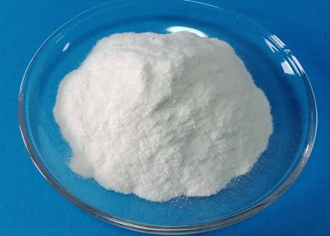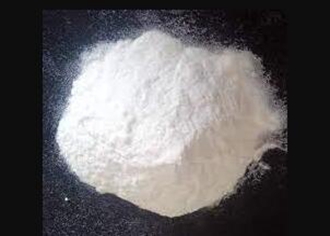Jan. 05, 2024
Cellulose ethers are a versatile class of compounds with a wide range of applications in various industries. As key ingredients in many products, cellulose ethers play a vital role in improving performance, functionality, and sustainability. In this article, we take an in-depth look at the common characteristics of cellulose ethers, exploring their physical and chemical properties, functional properties, and environmental impacts.
The history of cellulose ethers dates back to the late 19th century. Originally derived from plant cellulose, these compounds have undergone significant advances in synthesis and modification, resulting in a variety of cellulose ether types such as methylcellulose, hydroxypropyl methyl cellulose, and hydroxy ethyl cellulose. In idustries ranging from construction to pharmaceuticals, cellulose ethers are used in a variety of products, including paints, coatings, adhesives, personal care products, and pharmaceutical formulations.

Hpmc
Cellulose ethers exhibit excellent physical properties that make them versatile. Notably, these compounds exhibit high solubility in water and organic solvents, facilitating their incorporation into various formulations. Their rheological properties enable precise control of viscosity, which is critical for applications requiring optimal flow properties. In addition, cellulose ethers possess film-forming capabilities that are critical for coatings, adhesives, and pharmaceutical films. Their stability under different conditions ensures consistent performance and longevity of the final product.

Hec
Understanding the chemical structure of cellulose ethers can shed light on their versatility. While maintaining the basic cellulose backbone, cellulose ethers undergo modification and derivatization processes to adapt their properties to specific applications. Changes in chemical structure, such as degree of substitution and molecular weight, significantly affect properties such as solubility, viscosity, and film formation, thereby determining their suitability for various industries.
The functional properties of cellulose ethers support their diverse applications. Their thickening and viscosity control capabilities make them indispensable in liquid systems such as paints, adhesives, and personal care formulations. In coatings and adhesives, cellulose ethers assist in film formation, imparting durability and cohesion. Water retention and adhesive properties make cellulose ethers play a vital role in building materials, ensuring optimal performance and durability. Additionally, their stabilizing and suspending capabilities can be used in pharmaceuticals, personal care products, and emerging applications.
In today's environmentally conscious environment, the biodegradability and eco-friendliness of cellulose ethers are important considerations. Cellulose ethers are derived from renewable resources and produced using sustainable methods, providing environmentally responsible solutions to various industries. In addition, recycling and disposal considerations ensure responsible end-of-life management, in line with sustainable practices and circular economy principles.
In summary, cellulose ethers represent a class of compounds with common characteristics that underpin their diverse applications and contributions to various industries. Understanding their physical, chemical, and functional properties provides insight into their versatility and importance in modern manufacturing and product development. Looking to the future, cellulose ethers will continue to provide innovative solutions while adhering to the principles of sustainable development, bringing exciting prospects and avenues for further research and development.
Shijiazhuang Henggu Jianxin Cellulose Co., Ltd.
Chemical Industrial Park, Xinji City, Hebei Province, China Post Code: 052360
Copyright 2023 Shijiazhuang Henggu Jianxin Cellulose Co., Ltd. All Rights Reserved